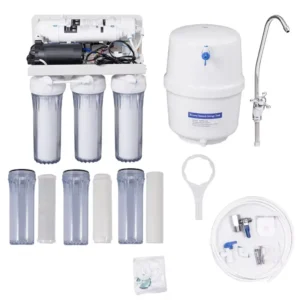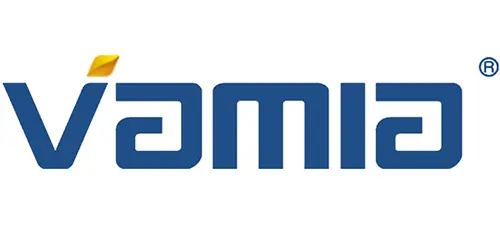How Do Water Purifiers Balance Filtration Efficiency and Water Flow Rate?
The balance between effective filtration and satisfying water flow rate is a key challenge in water purifier design, addressed through thoughtful
engineering and technological innovations. Achieving this equilibrium ensures that water is thoroughly cleaned without frustratingly slow dispensing.
engineering and technological innovations. Achieving this equilibrium ensures that water is thoroughly cleaned without frustratingly slow dispensing.
Filtration efficiency depends largely on the density and pore size of filter materials. Smaller pores capture more contaminants but naturally restrict

water flow. Manufacturers address this by optimizing filter design—using pleated or porous structures to increase surface area without reducing
pore size. This allows more water to pass through while maintaining contact with filtration media, enhancing both contaminant removal and flow speed.

water flow. Manufacturers address this by optimizing filter design—using pleated or porous structures to increase surface area without reducing
pore size. This allows more water to pass through while maintaining contact with filtration media, enhancing both contaminant removal and flow speed.
Multi-stage filtration systems also play a role. By distributing filtration tasks across several layers, each stage handles specific contaminants without
overburdening any single component. For example, a pre-filter captures large particles, preventing them from clogging finer filters later in the process.
This layered approach maintains consistent flow while ensuring thorough purification.

overburdening any single component. For example, a pre-filter captures large particles, preventing them from clogging finer filters later in the process.
This layered approach maintains consistent flow while ensuring thorough purification.

Advancements in membrane technology contribute significantly. Modern materials like thin-film composite membranes in reverse osmosis systems
allow water molecules to pass more freely while blocking contaminants, improving flow rates compared to older designs. Similarly, gradient-density
filters—with larger pores on the surface and smaller ones deeper—reduce resistance while maintaining filtration precision.
Water Purifier Factory, Water Purifier For Home, Water Purifier Machine,Water Purifier, Water Filter Purifier System
allow water molecules to pass more freely while blocking contaminants, improving flow rates compared to older designs. Similarly, gradient-density
filters—with larger pores on the surface and smaller ones deeper—reduce resistance while maintaining filtration precision.
Water Purifier Factory, Water Purifier For Home, Water Purifier Machine,Water Purifier, Water Filter Purifier System
System sizing matters too. Matching the purifier’s capacity to household water usage prevents bottlenecks. Models designed for high-demand households
incorporate wider filter housings or parallel filtration paths, allowing more water to be processed simultaneously without compromising on cleaning performance.
incorporate wider filter housings or parallel filtration paths, allowing more water to be processed simultaneously without compromising on cleaning performance.
The result of these design considerations is a range of purifiers that deliver both peace of mind through effective contaminant removal and convenience through
adequate flow rates, proving that thorough purification doesn’t require sacrificing usability.
How Do Water Purifiers Balance Filtration Efficiency and Water Flow Rate?

